The front of the Dacia Spring now features Dacia's signature Y-shaped LED running lights. At the rear, the segmented lights and a wide black full-width stripe with the Romanian carmaker's name on it draw attention.
It looks like most of the Spring body panels are new, but the hatchback is still based on the Renault CMF-A platform. A notable innovation of the model is the absence of roof rails, with Dacia claiming that they are not really needed for a city car.
Dimensions of the Dacia Spring have not changed much. The length has decreased from 3.73 metres to 3.70 metres, but the boot volume has increased by 8% to 308 litres. In addition, the compact electric car now has a 35-litre front boot, which is enough to store a standard charging cable.
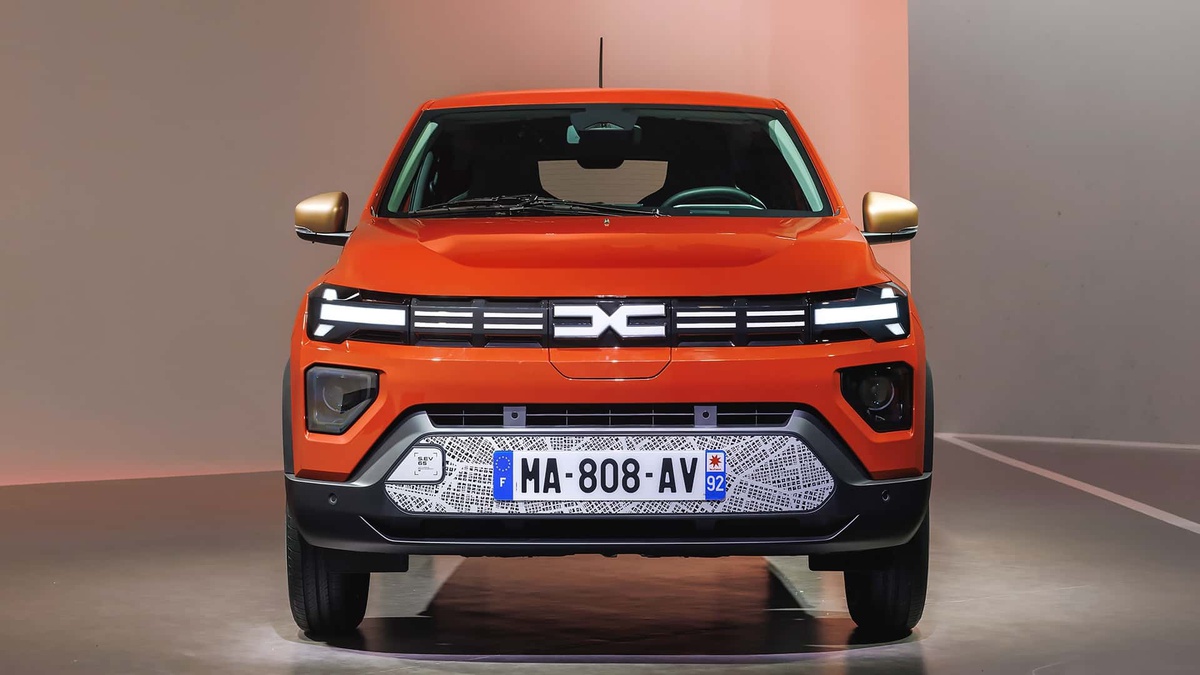
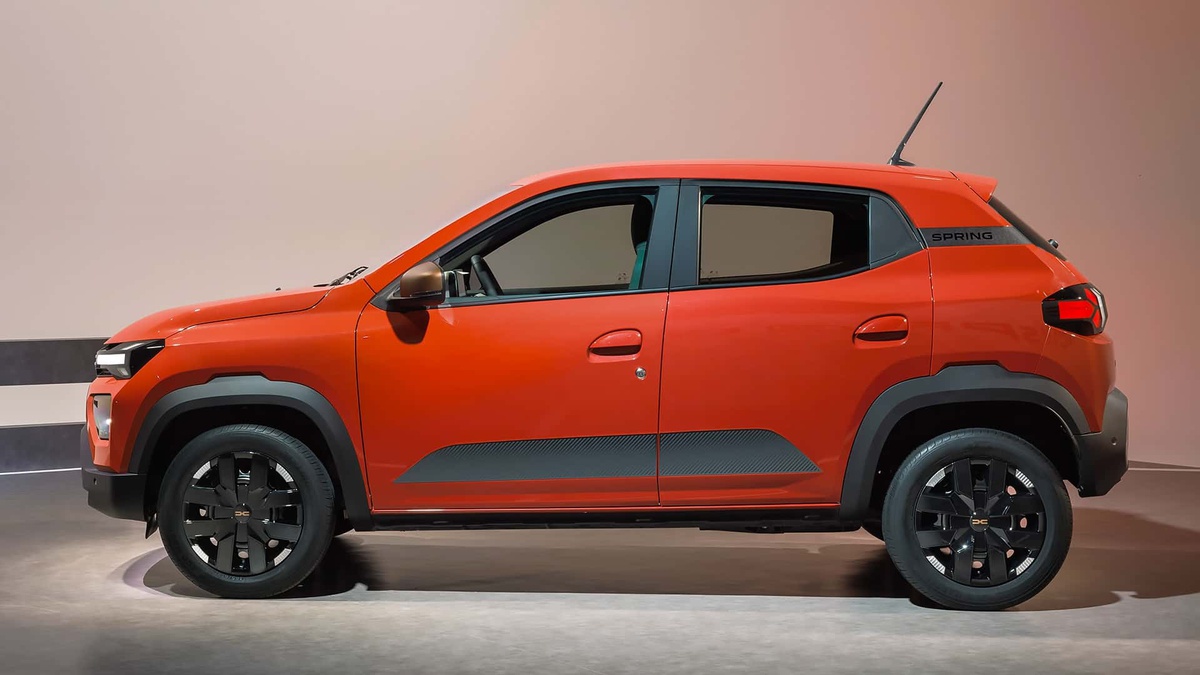
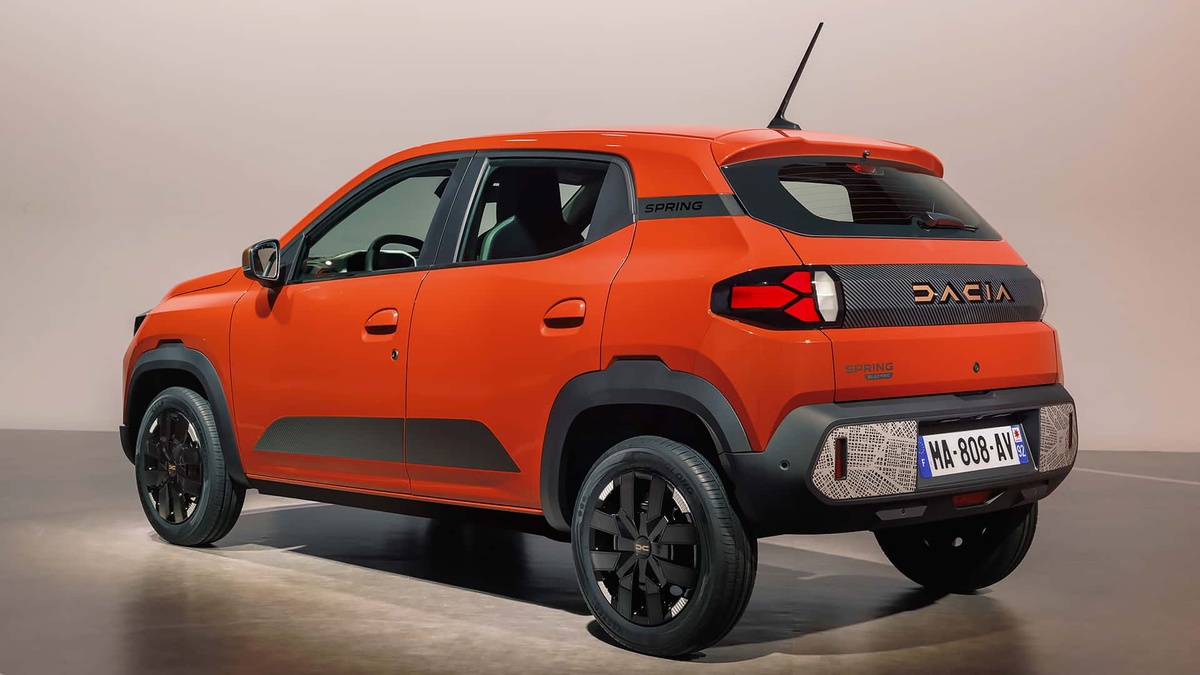
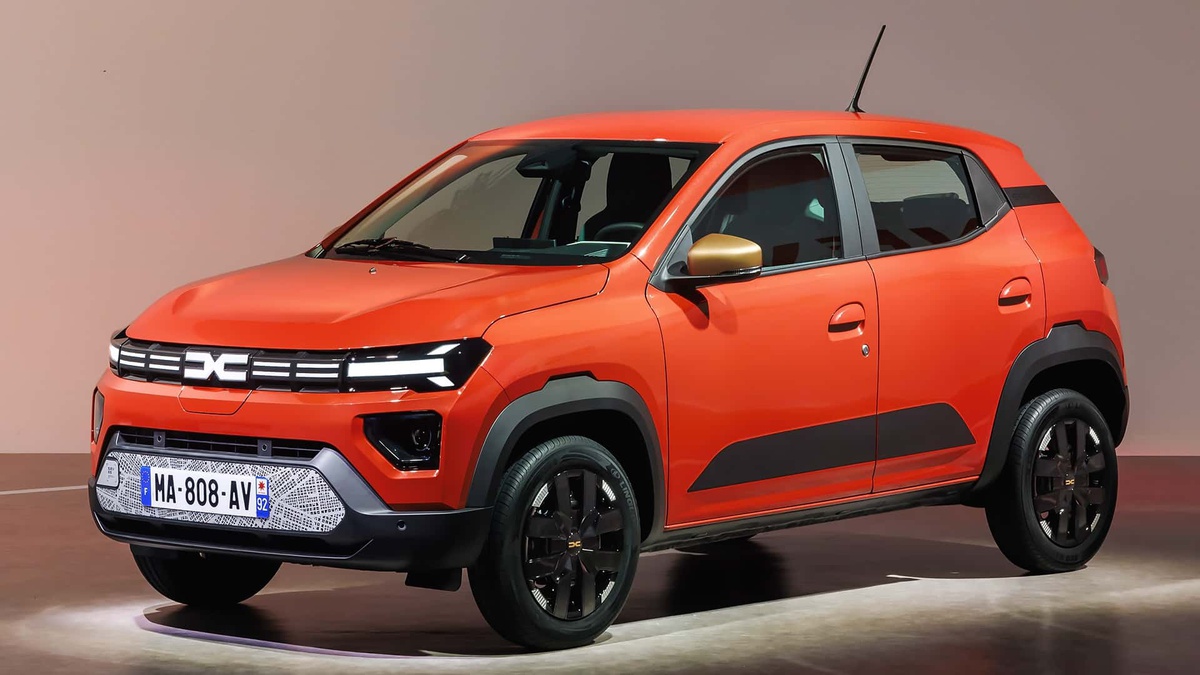
Dacia Spring (2024)
Inside, Spring gets a 7-inch customisable instrument cluster in all trims and a 10-inch touchscreen infotainment screen on the centre console in the most expensive versions. The entry-level version gets an integrated smartphone holder instead of the 10-inch screen.
The design of the centre console has been changed, the steering wheel has finally received the possibility of height adjustment (there is no such option in the pre-reformed Spring), door cards have been updated, instead of the rotary transmission selector there is a small lever.
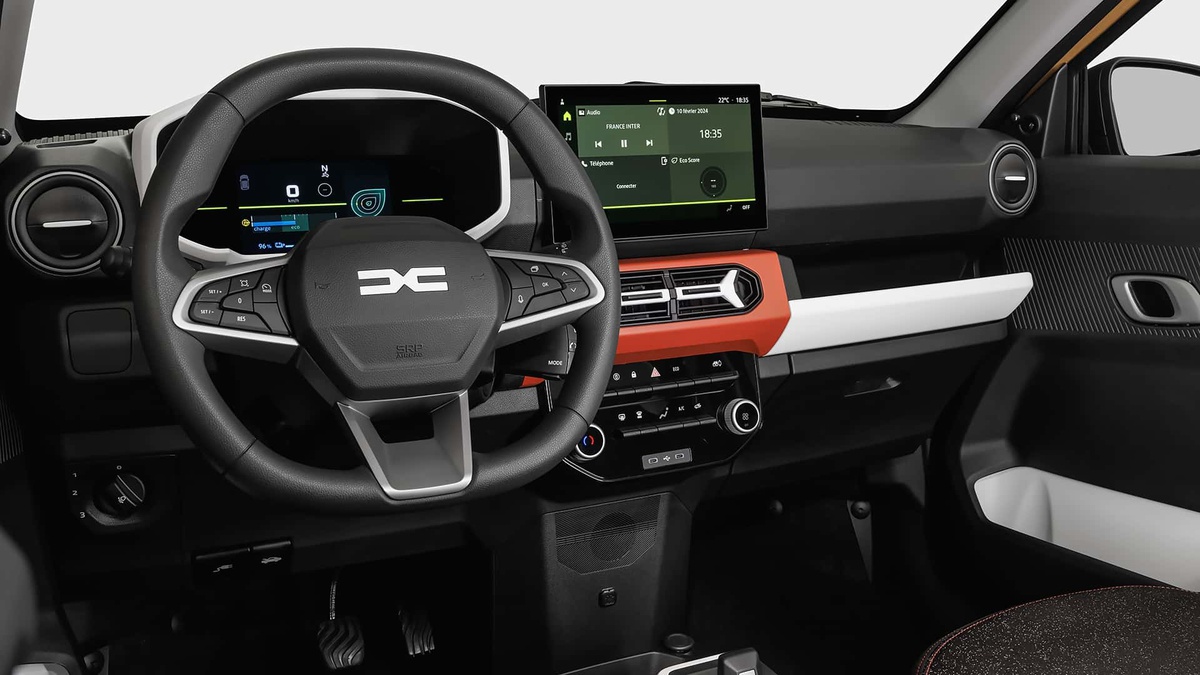
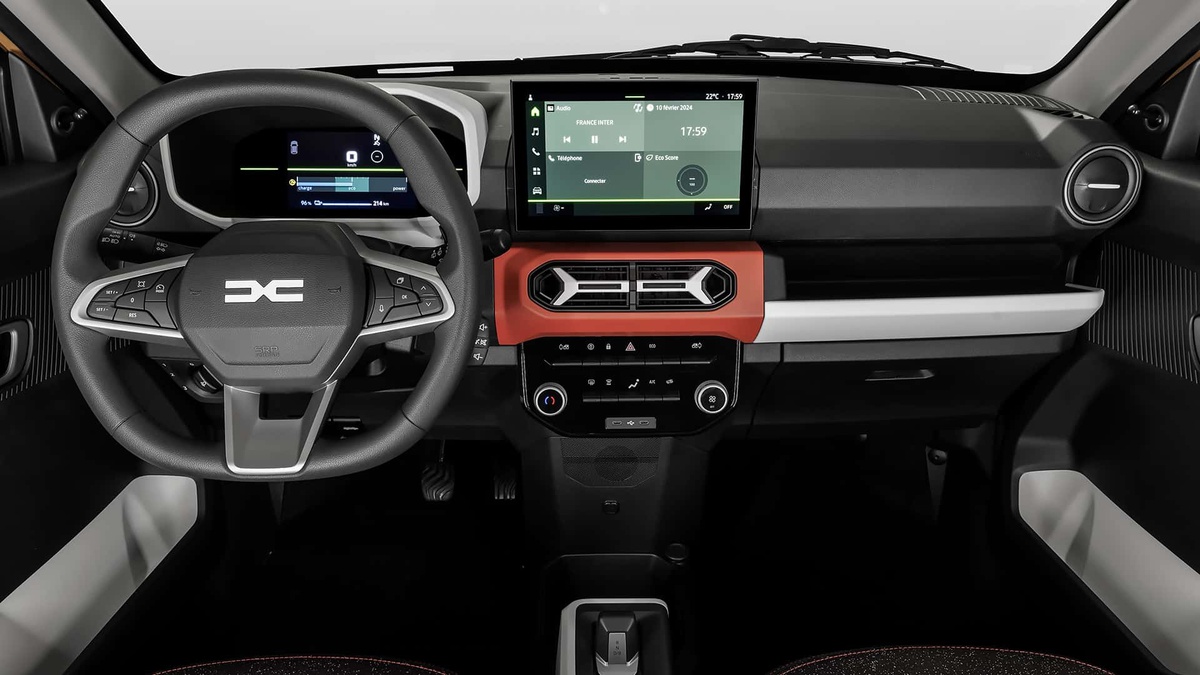


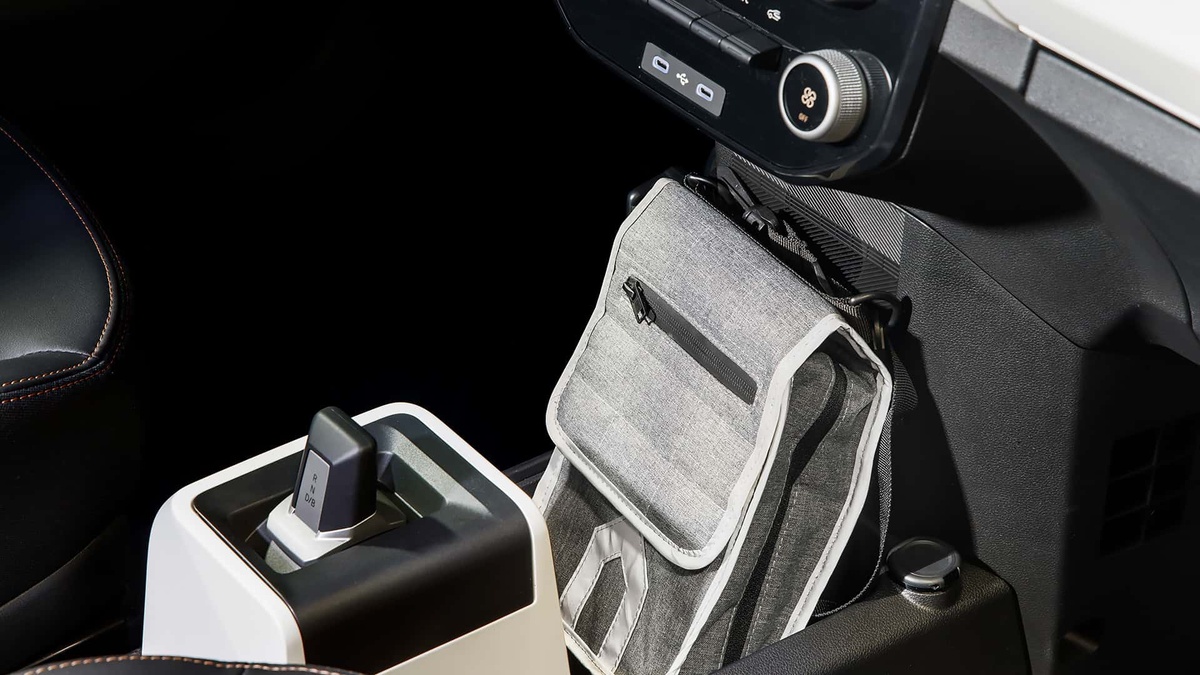
Dacia Spring (2024)
The interior of the Dacia Spring can also accommodate what the company calls YouClip accessories - things like USB cable ties, smartphone holders and bag mounts that fit into cut-outs in the front panel.
The Spring's specs are unchanged, with the same 27 kWh battery installed, which provides a range of up to 225 kilometres on the WLTP cycle. Two versions of the engine are available, with power outputs of 33 kW (44 hp) and 48 kW (64 hp).
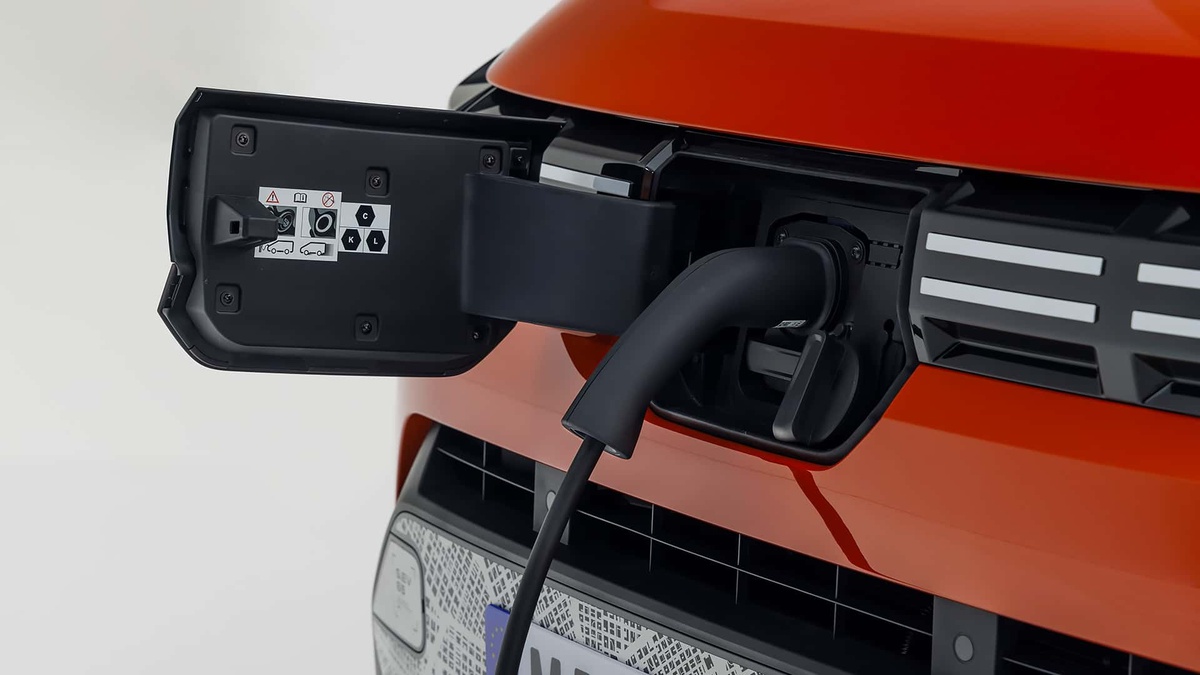

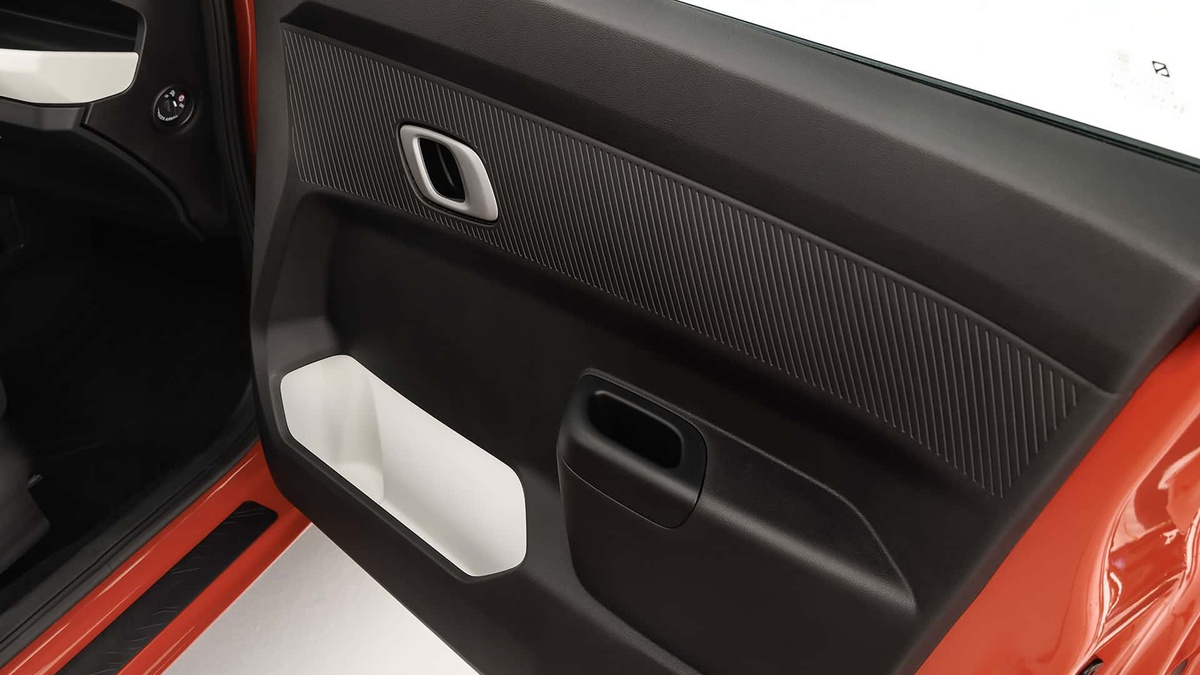
Dacia Spring (2024)
Charging can still be done from an AC power source of up to 7.4 kW, while DC fast charging, which is an optional extra, reaches a maximum output of 30 kW. According to Dacia statistics, Spring drivers drive an average of just 37 kilometres a day, so these motors and battery should be more than enough for short journeys around town.
Perhaps the most interesting technical feature of the new Dacia Spring, is the bi-directional charging technology (V2L). It is low-powered, only about 3.5 kW (220 Volts at 16 A), but even so it allows you to power various power tools from the battery of the electric car in the "field" conditions.
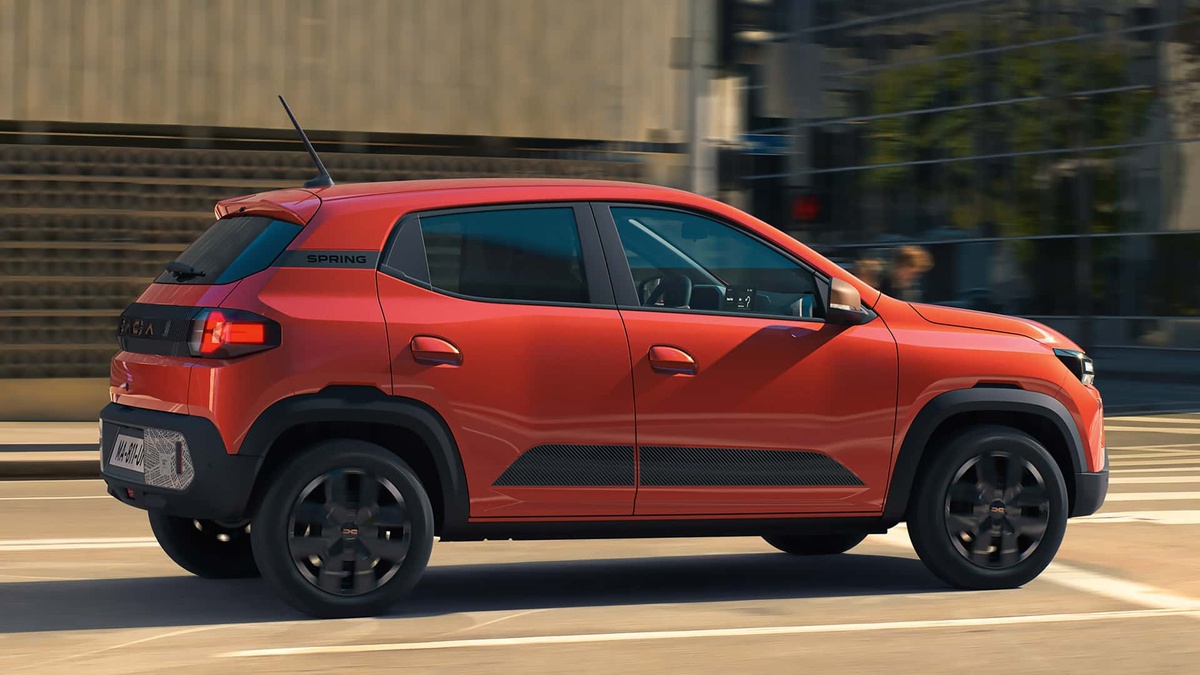

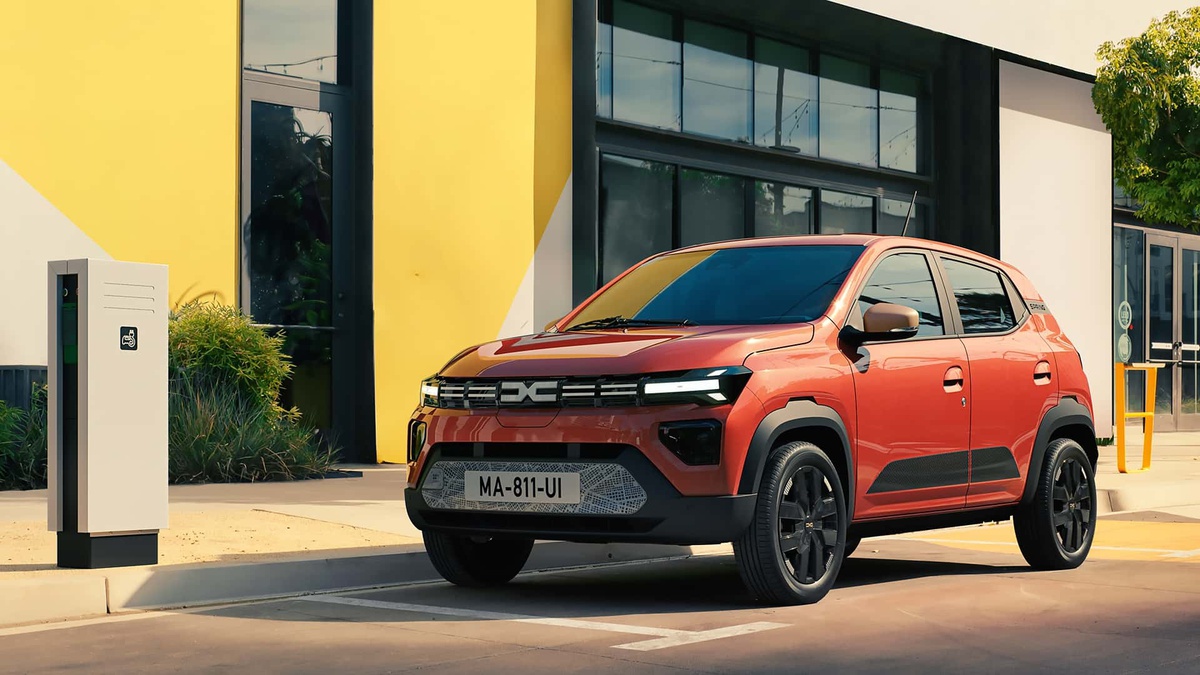

Dacia Spring (2024)
Three versions of the Spring will go on sale later this year: the Essential, which only comes with a 33kW engine, the Expression, which can be fitted with any engine, and the Extreme, which has a 48kW engine.
The base price of the previous version of the Dacia Spring, excluding incentives, was around €20,000 - €23,000, depending on the country. Prices for the new Spring have not yet been announced, but are expected to be about the same.
Source: Dacia
.jpg)
